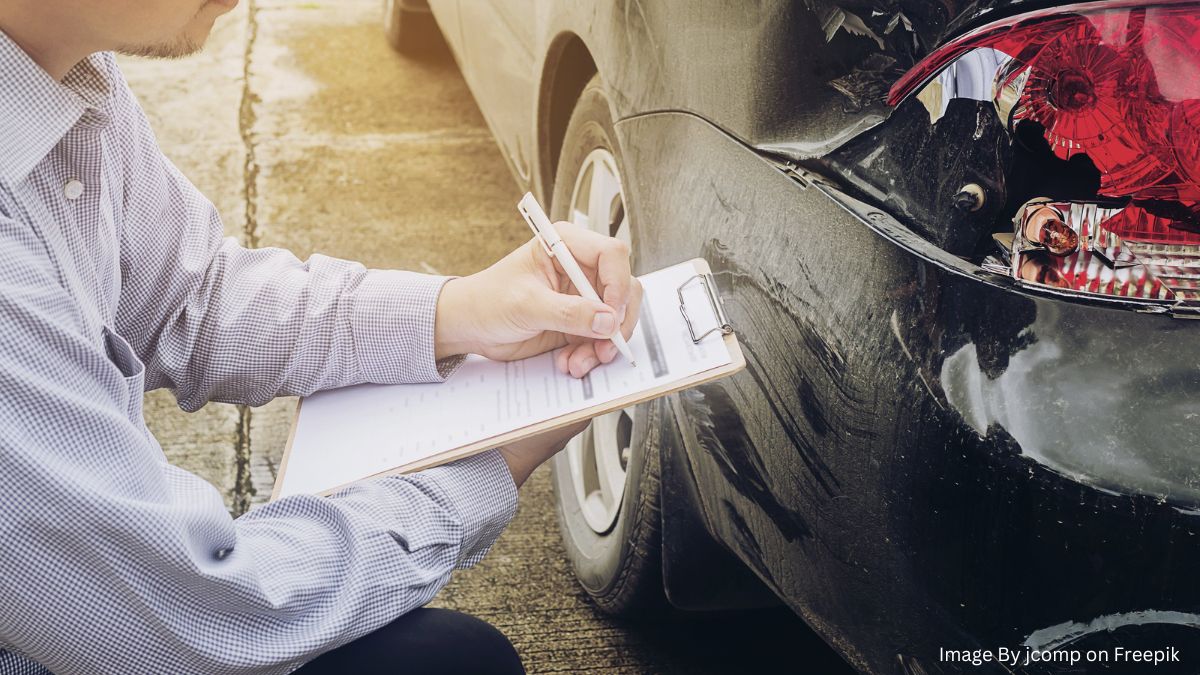Table of Contents
Introduction:
- Table of Contents
- Section 1: The Basics of Liability Coverage
- Section 2: Minimum Limits and State Requirements
- Section 3: Coverage in Action
- Section 4: Limitations of Liability Coverage
- Section 5: Legal Action and Additional Compensation
- Section 6: Reporting Accidents and Working with Insurance Companies
- off, especially for you
Auto Insurance Liability Coverage: Auto insurance is a critical aspect of responsible vehicle ownership, providing financial protection in the event of accidents. When it comes to accidents involving someone else’s vehicle damaging another person’s car, understanding the intricacies of liability coverage is crucial. In this blog post, we’ll delve into the details of how auto insurance coverage works in such situations.
Section 1: The Basics of Liability Coverage
Liability coverage is the cornerstone of auto insurance and is designed to protect the policyholder when they are at fault in an accident. It includes two main components:
- Bodily Injury Liability:
- Covers medical expenses, lost wages, and other costs related to injuries suffered by others in an accident for which the insured driver is at fault.
- Property Damage Liability:
- Addresses damage caused to another person’s property, such as their vehicle.
Section 2: Minimum Limits and State Requirements
Each state sets its minimum requirements for liability coverage. These limits dictate the minimum amount of coverage a driver must carry. For example, a state might require a minimum of $25,000 in bodily injury liability per person, $50,000 per accident, and $10,000 in property damage liability. Drivers need to be aware of and comply with their state’s specific requirements.
Section 3: Coverage in Action
In the scenario where someone else’s vehicle damages another person’s car, the liability coverage of the at-fault driver comes into play. The damaged party would typically file a claim with the at-fault driver’s insurance company, seeking compensation for the property damage caused.
Section 4: Limitations of Liability Coverage
While liability coverage is fundamental, it does have limits. Insurance policies have maximum payout limits, and if the damages exceed these limits, the at-fault driver may be personally responsible for the remaining amount. This underscores the importance of considering higher coverage limits to ensure adequate protection.
Section 5: Legal Action and Additional Compensation
If the at-fault driver’s insurance coverage is insufficient to cover all damages, the injured party may pursue legal action to seek additional compensation. In such cases, the at-fault driver may be held personally responsible for amounts exceeding their insurance limits.
Section 6: Reporting Accidents and Working with Insurance Companies
In the aftermath of an accident, it is crucial to report the incident to the insurance companies involved. Insurers will conduct investigations to determine liability and provide coverage according to the terms of the policy. Timely reporting is essential to facilitate a smoother claims process.
Conclusion:
Understanding auto insurance liability coverage is vital for every driver. In situations where someone else’s vehicle damages another person’s car, the liability coverage of the at-fault driver plays a central role in covering the costs. Drivers should be aware of their state’s minimum requirements, consider higher coverage limits, and promptly report accidents to their insurance companies. By doing so, they can navigate the complexities of auto insurance and ensure financial protection in the event of unforeseen accidents.
Looking to secure the best car insurance for your needs? Explore our recommended car insurance plans available online for comprehensive coverage. Click here to compare quotes, find affordable premiums, and ensure your peace of mind on the road.
